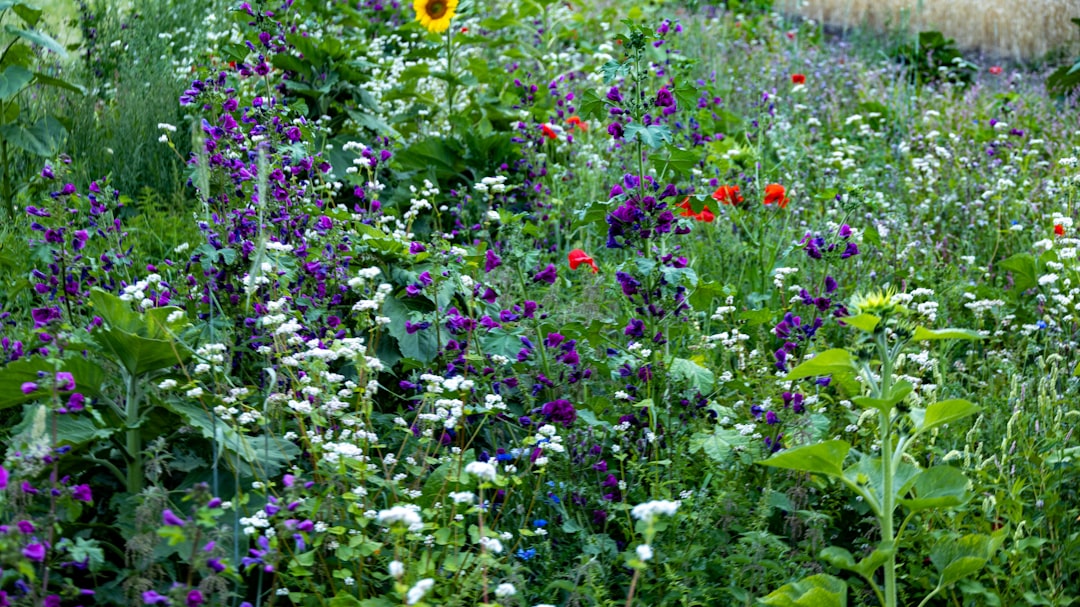Mastering the Art of Landscape Retaining Walls

In the world of gardening and landscaping, a landscape retaining wall serves as a crucial tool, acting as a gardener's strategic response to the relentless force of gravity. These walls are not merely structures; they are the key to transforming challenging slopes into beautiful, functional outdoor spaces. Let's delve into the art of creating and maintaining landscape retaining walls, exploring how to conquer slopes and overcome common challenges along the way.
### The Basics of Landscape Retaining Walls
Before we dive into the technicalities, it's essential to understand the fundamental purpose of a landscape retaining wall. Gravity is a constant force that pulls soil and other materials downward, especially on slopes. Without proper support, this can lead to soil erosion, landslides, and an overall unstable landscape. A retaining wall is designed to hold back soil and prevent these issues, creating a stable base for plants, pathways, and other landscaping features.
There are several types of retaining walls, each with its own unique characteristics and applications. Some common types include:
- Gravity Retaining Walls: These walls rely on their own weight to resist the pressure of the soil behind them. They are typically made of concrete, stone, or brick and are suitable for small to medium-sized slopes.
- Sheet Pile Retaining Walls: These walls are made of thin sheets of steel, vinyl, or wood that are driven into the ground. They are often used in areas with limited space or where the soil is soft or unstable.
- Gabion Retaining Walls: These walls are made of wire baskets filled with rocks or other materials. They are a popular choice for landscaping projects because they are relatively easy to install and can be customized to fit the specific needs of the site.
- Reinforced Retaining Walls: These walls are made of concrete or other materials that are reinforced with steel bars or mesh. They are designed to withstand high pressures and are often used in large-scale landscaping projects or areas with steep slopes.
### Conquering Slopes with Retaining Walls
One of the primary challenges of landscaping on slopes is finding a way to create a level surface for planting and other activities. Retaining walls can help solve this problem by creating terraces or steps on the slope. This not only makes the landscape more functional but also adds visual interest and dimension to the space.
When designing a retaining wall for a slope, it's important to consider the following factors:
- Slope Angle: The steeper the slope, the more challenging it will be to build a retaining wall. In general, slopes with an angle of less than 30 degrees can be stabilized with a simple gravity retaining wall, while steeper slopes may require a more complex design.
- Soil Type: The type of soil on the slope will also affect the design and construction of the retaining wall. For example, sandy soil is more prone to erosion than clay soil, so a retaining wall built on sandy soil may need to be more substantial to prevent soil movement.
- Water Drainage: Proper water drainage is essential for the long-term stability of a retaining wall. If water is allowed to accumulate behind the wall, it can increase the pressure on the wall and cause it to fail. To prevent this, it's important to install a drainage system behind the wall, such as a perforated pipe or gravel layer.
- Wall Height: The height of the retaining wall will depend on the slope angle, soil type, and other factors. In general, retaining walls should not be more than 4 feet high without proper engineering design and reinforcement.
### Overcoming Common Retaining Wall Challenges
While retaining walls can be a valuable addition to any landscape, they are not without their challenges. Some common issues that gardeners and landscapers may encounter when building and maintaining retaining walls include:
- Soil Erosion: As mentioned earlier, soil erosion is a major concern when building a retaining wall. To prevent soil erosion, it's important to install a proper drainage system behind the wall and to use erosion control measures, such as planting grass or other vegetation on the slope.
- Wall Failure: Retaining walls can fail for a variety of reasons, including improper design, construction, or maintenance. To prevent wall failure, it's important to hire a professional landscaper or engineer to design and build the wall and to follow their recommendations for maintenance and upkeep.
- Freeze-Thaw Damage: In areas with cold climates, retaining walls can be damaged by freeze-thaw cycles. When water freezes behind the wall, it expands and can cause the wall to crack or shift. To prevent freeze-thaw damage, it's important to use materials that are resistant to freezing and thawing, such as concrete or stone, and to install a drainage system behind the wall to prevent water from accumulating.
- Root Damage: Trees and other plants with large roots can damage retaining walls over time. To prevent root damage, it's important to plant trees and other plants at a safe distance from the wall and to regularly prune their roots to prevent them from growing too close to the wall.
### Conclusion
Landscape retaining walls are a powerful tool for gardeners and landscapers, allowing them to conquer slopes and create beautiful, functional outdoor spaces. By understanding the basics of retaining wall design and construction, and by taking steps to overcome common challenges, you can build a retaining wall that will last for years to come. Whether you're looking to create a terraced garden, a patio, or a retaining wall for a commercial property, a well-designed and properly installed retaining wall can make all the difference in the success of your landscaping project.